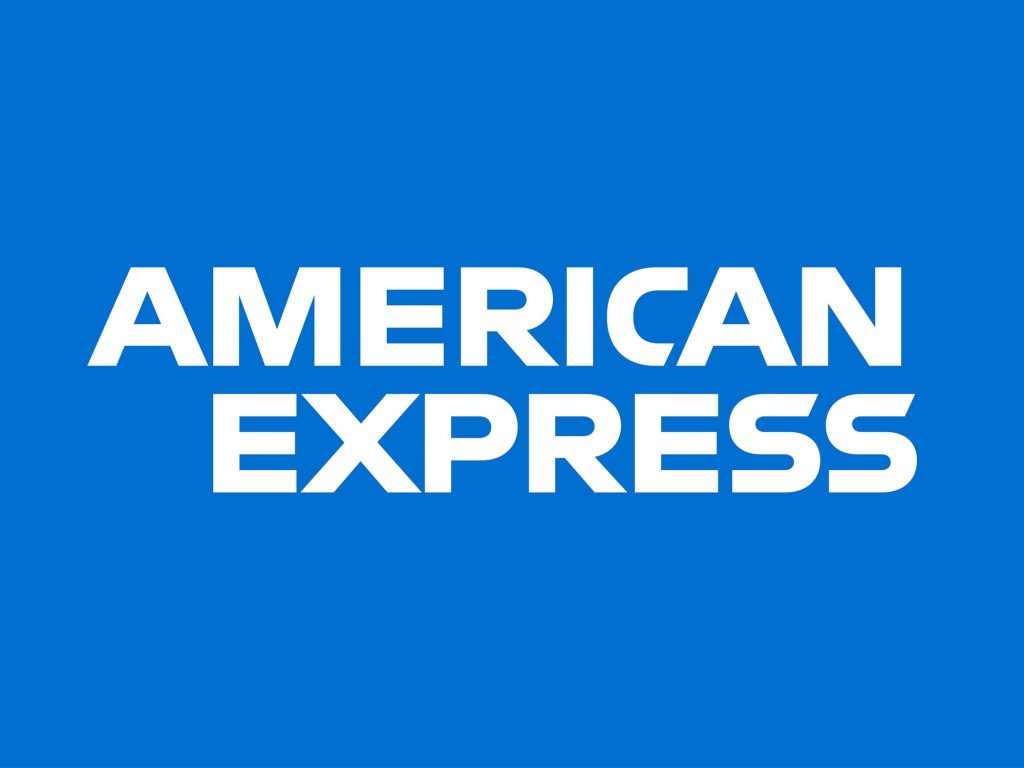American Express Company, together with its subsidiaries, provides charge and credit payment card products and travel-related services to consumers and businesses worldwide. It operates through four segments: U.S. Consumer Services, International Consumer and Network Services, Global Commercial Services, and Global Merchant Services. The company’s products and services include charge and credit card products, as well as other payment and financing products; network services; expense management products and services; travel-related services; and stored value/prepaid products. Its products and services also comprise merchant acquisition and processing, servicing and settlement, merchant financing, point-of-sale marketing, and information products and services for merchants; and fraud prevention services, as well as the design and operation of customer loyalty programs. The company sells its products and services to consumers, small businesses, mid-sized companies, and large corporations through online applications, direct mail, in-house teams, third-party vendors, and direct response advertising. American Express Company was founded in 1850 and is headquartered in New York, New York.

BUSINESS ANALYSIS OF AMERICAN EXPRESS
The Financial Services Sector is witnessing a major shakeup, new age business models in the industry are transforming both customers and businesses. Faced with this uncertainity, companies are investing resources to transform their business. An in-depth business analysis is a valuable resource to identify and articulate the need for a business model change. At R&P Research we believe, the starting point for a business analysis is Benchmarking. Business benchmarking can be done at various levels: 1) Industry Benchmarking 2) Peer Benchmarking 3) Disruptors Benchmarking. In this report, we share the snapshot of how American Express compares against the industry on the major performance indicators. This analysis, along with peer group/disruptors benchmarking and revenue model understanding can help identify growth and cost optimization opportunities to maximize the value delivered by American Express to its stakeholders. R&P Research Industry Intelligence Platform provides historical data for last 15 years with an easy to use benchmarking interface for an in-depth comparative business analysis.
Here is the performance snapshot of American Express with an interactive chart.
- Revenue Growth: American Express reported a revenue growth of -2.4% year-on-year during 2016. Consumer Finance Industry grew at 5.0% in the same period
- COGS share of Revenues: American Express COGS share of Revenues details are not available because either company does not share the data or we do not have it
- R&D; share of Revenues: American Express R&D; share of Revenues details are not available because either company does not share the data or we do not have it
- SG&A; share of Revenues: As a percentage of revenue, American Express spent 55.9% of its total revenues on Sales, Marketing, and General Administration (SG&A;). Consumer Finance industry average SG&A; spending in the same period was 43.3%
- Inventory share of Revenues: American Express Inventory share of Revenues details are not available because either company does not share the data or we do not have it
- Accounts Payable share of Revenues: As a percentage of revenue, American Express invested 37.2% of its total revenues on Accounts Payable (A/P) Consumer Finance industry average Accounts Payable investment in the same period was 16.5%
- Accounts Receivable share of Revenues: As a percentage of revenue, American Express invested 166.4% of its total revenues on Accounts Receivable (A/R). Consumer Finance industry average Accounts Receivable investment in the same period was 64.7%
- PP&E; share of Revenues: As a percentage of revenue, American Express invested 14.7% of its total revenues on Property, Plants, and Equipments (PP&E;). Consumer Finance industry average PPE investment in the same period was 25.3%
- Intangibles share of Revenues: American Express Intangibles share of Revenues details are not available because either company does not share the data or we do not have it
- Net Margins: American Express Net Margins in the year 2016 were 18.0%. Consumer Finance industry average Net Margins in the same period were 22.9%

SECTOR AND INDUSTRY ASSOCIATION OF AMERICAN EXPRESS
For the purpose of performance benchmarking of a company with a sector or industry average, R&P; Research associates every company with one sector and one industry. An industry consists of companies with related/similar business models. A sector comprises of a group of related/similar industries. For high-level analysis purposes, related/similar sectors are grouped into sector groups.
American Express is associated with Financials Sector Group, Financial Services Sector, and Consumer Finance Industry.
Financial Services sector is comprised of the following industries: Investment Services; Consumer Finance; Payment and Transaction Processing Services; Financial News, Research and Data. The definitions for each of the industries is as follows:
- Investment Services industry includes investment banking companies, asset management companies, securities brokers and dealers, online brokers, and security/commodity exchanges.
- Consumer Finance industry includes companies providing credit services and mortgage finance services.
- Payment and Transaction Processing Services industry includes companies providing financial news, research, and data services.
- Financial News, Research and Data industry includes companies providing payments and transaction processing services.

INDUSTRY RANKING OF AMERICAN EXPRESS
With $30.1 billion revenues, American Express ranked number 1 of all the companies in the US Consumer Finance industry.There were a total of 48 public companies in the US Consumer Finance industry that had revenues greater than $50 million during 2016.
The top-10 companies in the US Consumer Finance industry by revenues during 2016 were:
- American Express ($30.1 billion)
- Capital One Financial ($19 billion)
- Visa ($15.1 billion)
- Mastercard ($10.8 billion)
- Discover Financial Services ($7.2 billion)
- Synchrony Financial ($7 billion)
- Ally Financial ($5.4 billion)
- Equifax ($3.1 billion)
- Santander Consumer USA Holdings ($2.3 billion)
- CIT Group Inc ($2.1 billion)

BUSINESS MODEL ANALYSIS (BMA) FRAMEWORK
We use the following framework to assess the business model of a company. Business Model Analysis framework can be used by organizations to articulate growth strategies and identify cost optimization opportunities. Technology and consulting companies can use this framework to identify the value drivers and pain points of their targeted customers. Entrepreneurs can use this framework to understand the language of business and identify promising business opportunities. This framework can be used by any professional aspiring to take up a leadership role to better understand the businesses challenges, articulate growth strategy, and monitor the business improvement requirements for the organization.















